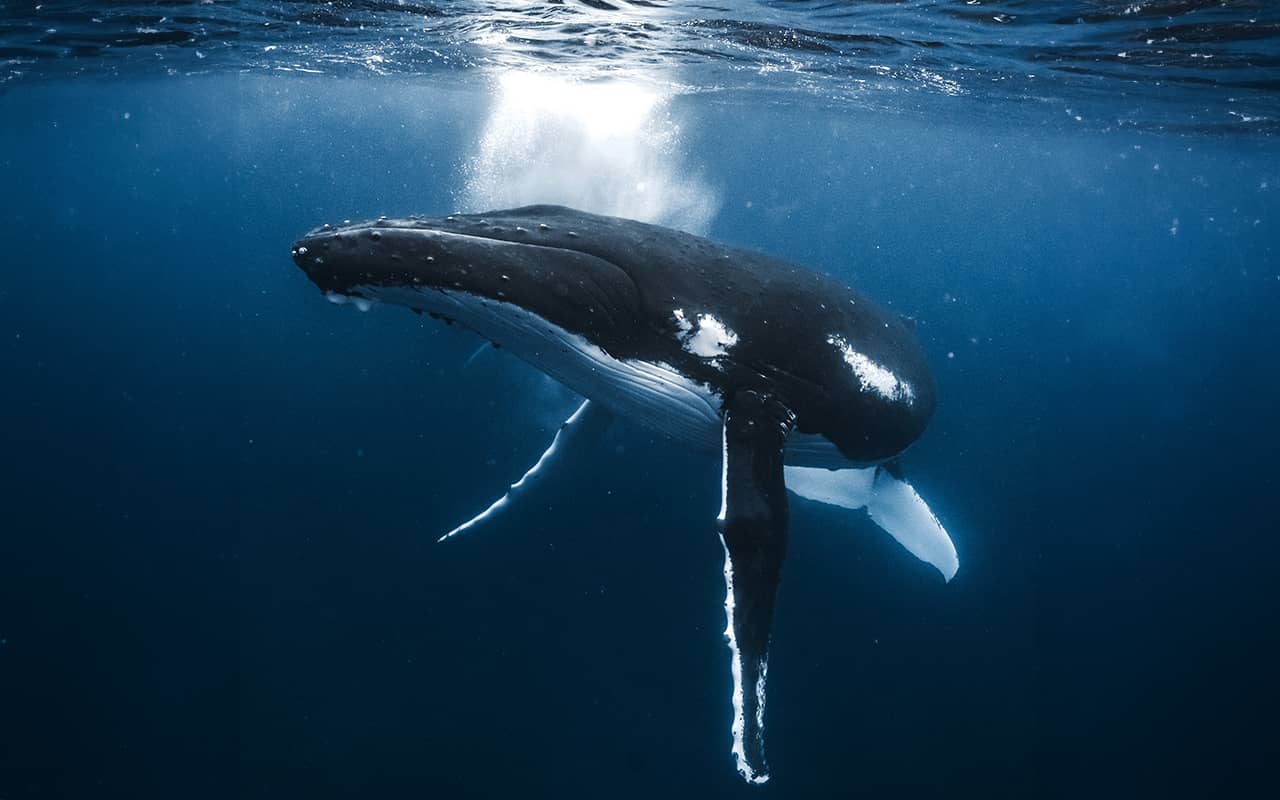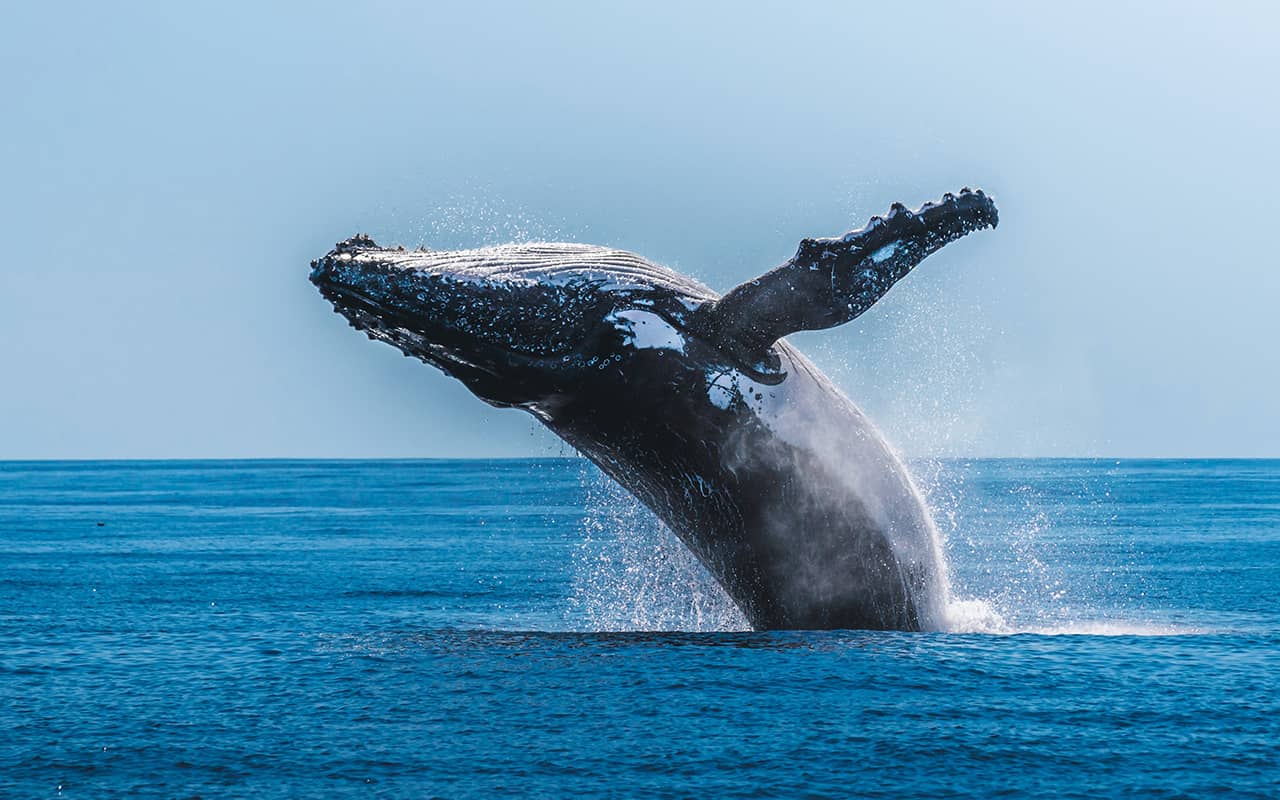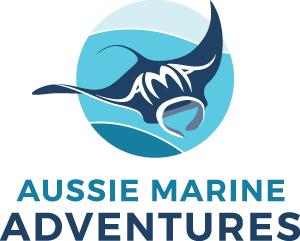The Ningaloo Reef on the west coast of Western Australia is an amazing place, it is one of the world’s last remaining examples of an untouched pristine wilderness in the form of a fringing coral reef system. Fringing reef as opposed to a barrier reef means that the reef system is more or less connected to the coastline. Here, the outer reef sits between 500 metres up to about 3 kms offshore and the area inside that is known as the inner reef or lagoon.
The outer reef is where you’ll see big waves crashing over the shallow coral areas in depths that range from 2-5 meters with gaps in the reef known as passages which allow boats to pass through deeper areas to navigate in and out of the reef. In the lagoon, depths average 2 to 8 metres with large shallow coral areas throughout.
The Ningaloo Marine Park covers an area about 260 kms long starting at Gnaraloo (just north of Carnarvon) and ending at Bundegi (near Exmouth) where it wraps around the tip of The Northwest Cape at the start of Exmouth Gulf. With over 500 species of fish and more than 250 types of coral, as well as dolphins, dugongs, turtles and many more amazing sea creatures – this place is one of the world’s last amazing natural frontiers and has been granted World Heritage status.
What we are really famous for on the Ningaloo Reef is marine megafauna – the largest animals in the ocean. In short, what we call “The Big Three” … Whalesharks, Humpback Whales, and Manta Rays.
On a good day at the right time of year, you could be lucky enough to be out on a boat here at Ningaloo and see all three of these beautiful, awe inspiring creatures in one day. You may even be extra lucky if you are out on a Whale Shark or Humpback Whale Swim tour and swim with all three! Just seeing these three animals in their natural environment on a day out is considered to be “The Holy Grail” of marine tourism up here, but getting to swim with all three is a once in a lifetime experience for those fortunate enough to be on one of these tours.
The northwest coastal towns of Exmouth and Coral Bay are the only towns located within The Ningaloo Marine Park and are widely known as Whale Shark tourism destinations during our winter months here in Western Australia. Whale Sharks begin to aggregate in large numbers in the waters outside the outer reefs at Ningaloo beginning in March each year, due to a feeding event triggered by the coral spawning which facilitates reproduction and growth of our coral reefs.
Each year in March and April, around 10 days after the full moon – the coral releases sperm and eggs which find each other to unite and form new coral that joins areas already established to grow the reef as well as new areas of colonisation. This coral spawn triggers a food chain that starts with zooplankton feeding on the spawn. Microscopic invertebrates such as krill, tiny fish, and crab larvae etc. gather to feast on the coral spawn.
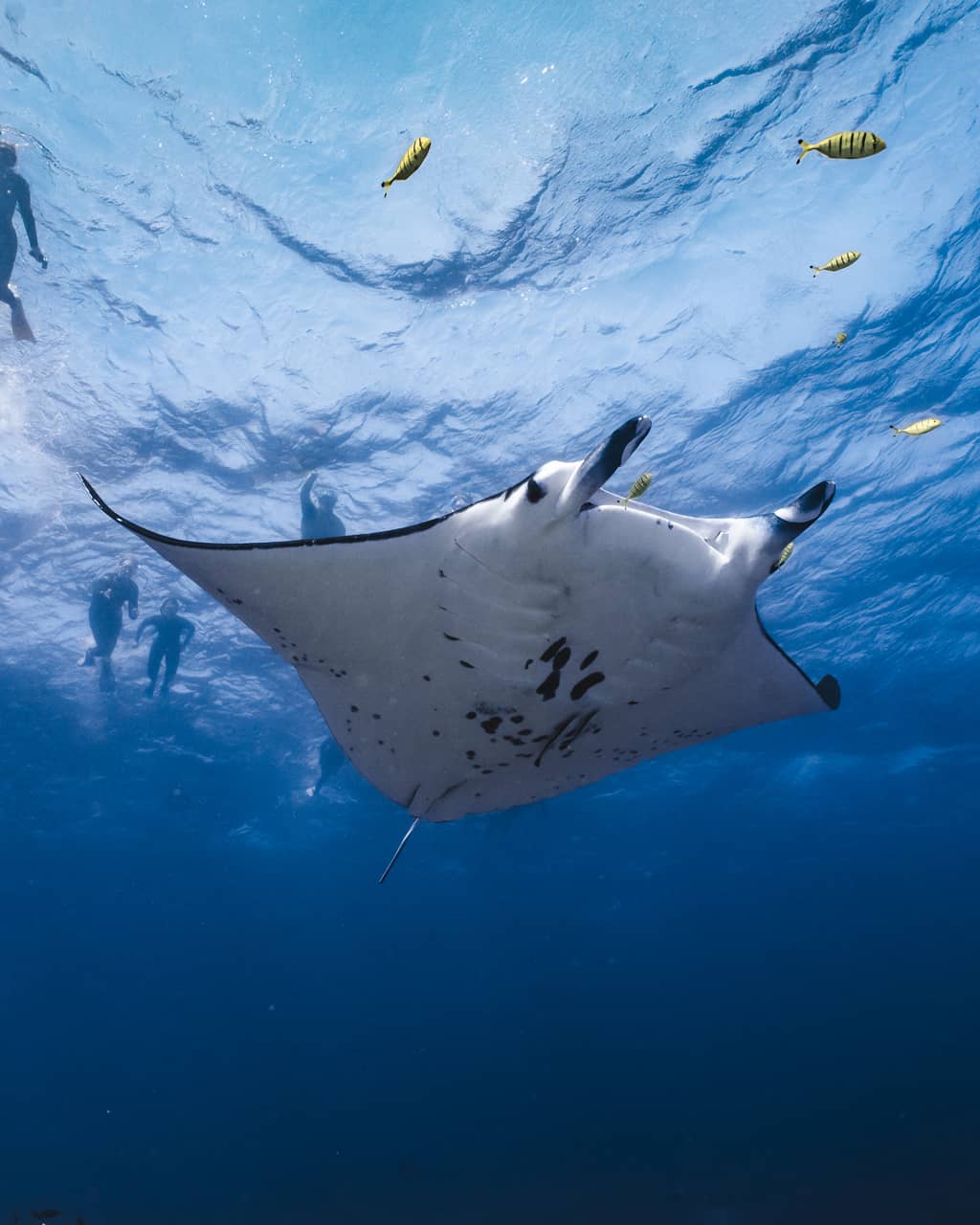
This attracts other animals that feed on zooplankton including many types of fish but more importantly for us, the Whale Sharks and Manta Rays! It’s fascinating that the biggest fish in the sea (Whale Shark) feeds on the smallest animals in the sea (zooplankton).
It’s common to see Whale Sharks and Manta Rays feeding in the same area, as they both have the same diet.
As filter feeders, these animals suck in large amounts of sea water loaded with zooplankton and filter it out through gill rakers.
Consequently, we often have the opportunity to swim with Mantas on a Whale Shark tour so it happens quite a lot. Pretty cool, eh?
Starting around the end of May each year, Humpback Whales start to show up on their annual migration from the cool waters of the Antarctic to the warmer waters of Northwest Western Australia. The whole migration revolves around reproduction. Calves cannot be born in the cold waters of Antarctica as they would freeze to death because they are born without a layer of blubber, so these animals have to migrate to the tropical waters of the Kimberly, north of Broome, to mate and give birth. This brings them through the coastal waters close to Ningaloo Reef – what we like to call “The Humpback Highway”! Each year, an estimated 40,000+ Humpback Whales will pass by Ningaloo close to the reef, much to our delight.
It is illegal for the general public to swim with any marine mammals in Western Australia, so a Whale Swim tour is the only way to do this. Starting in July-August and going till September-October, the Whale Swim season overlaps with the Whale Shark season, which often lasts till October-November. Sometimes we may be lucky enough to swim with Humpback Whales AND Whale Sharks on the same tour if conditions are suitable!
Manta Rays inhabit the Ningaloo Reef year round so you always have a pretty good chance of seeing them when you’re out on a boat if you know where to look. Most skippers that work on the charter boats up here know these areas quite well and we will usually give swimmers on our tours the opportunity to get in and swim with Manta Rays.
This will depend on what type of tour you are on, but apart from dedicated Manta Ray tours in Coral Bay, Whale Shark and Humpback Whale swim tour operators will almost always try to swim with Mantas as an added bonus for guests on our tours.
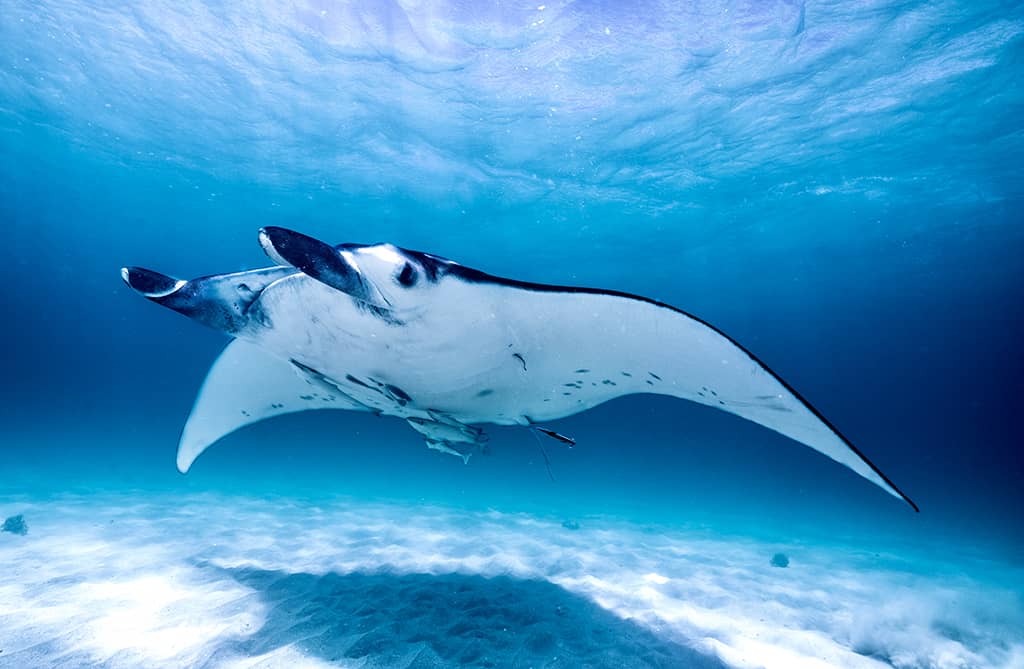
Coral Bay in particular has a resident population, making it the best place in Australia to reliably see and swim with these graceful, intelligent animals. The waters around Exmouth see many transient individuals arriving each year to take advantage of the coral spawn feeding event and large aggregations can be seen in the Exmouth Gulf every year around September-October. In Coral Bay, dedicated Manta Ray Tours run daily year-round!
Come to Ningaloo Reef to witness “The Big Three” for yourself. Big? Whale Sharks can grow up to 12-14 meters long, Humpback Whales may be as long as 15 meters and weigh up to 40 tonnes, and Mantas can be 4-6 meters from wing-tip to wing-tip. How’s that for big! This is something that every passionate ocean lover should do at least once in a lifetime… What are you waiting for?
We provide a free consultation service with advice on travel and accommodation options, the best time of year, weather, tour options etc, so please contact us for information.
Call: International (+61) 456 407 547 Australia 0456 407 547
About Shaine Middleton
“As a Divemaster and dive boat skipper working out of Coral Bay and Exmouth on the Ningaloo Reef in Western Australia for over 15 years, I’ve been lucky enough to experience the very best Ningaloo has to offer. With over 200 documented dive sites to choose from, I have personally dived (and taken 100’s of divers) to many of the most amazing places here that showcase the area’s diving diversity.”
Shaine Middleton
Divemaster, Skipper and Tour Host – Exmouth, Western Australia


